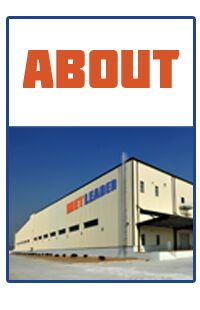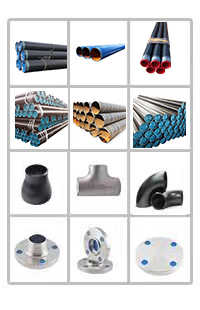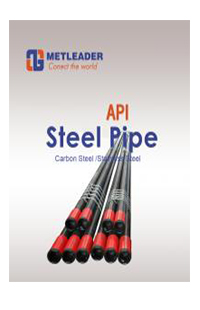The differences between socket weld fitting and butt weld fitting
Before introducing the differences between socket weld fitting and butt weld fitting, let us know more about the advantages and disadvantages of socket weld fitting.The advantages:
Pipes need to be beveled to prepare for welding.
• Temporary positioning welding is usually not required for alignment. This is because the fitting principle helps ensure that alignment is correct.
• Socket weld metal cannot penetrate the hole of the pipe.
•Construction costs have been found to be lower than butt welded fittings. Due to the elimination of special machines and the lack of precise assembly requirements.
The disadvantages:
Welders should ensure that the expansion gap between the socket shoulder and the pipe is 1.6mm.• Internal cracks and expansion gaps in the socket welding system can promote corrosion. It is for this reason that they are considered less suitable for radioactive or corrosive applications
• These types of accessories are also unacceptable for ultra-high hydrostatic pressures in the food industry. This is because, in addition to not allowing full penetration, it will leave cracks and gaps, which will become very difficult to clean. For these reasons, butt welding is better than socket weld, providing higher strength and higher compressive resistance.
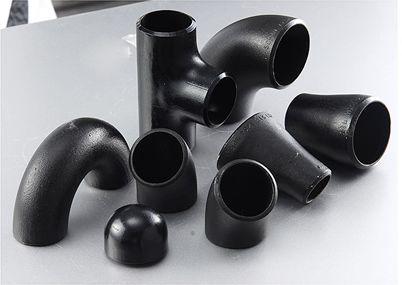
The differences between socket weld fittings and butt weld fittings.
For SW fittings, the reference standard is ASME B16.11. Here, the pipe can be inserted into the sunken area of the accessory. Connectors and pipes should be square cut and do not require any preparation or bevel other than cleaning the outside. This will make the installation and welding process simple. Butt weld fittings, reference standard is ASME B16.9. Their ends are welded to the end of the pipe and the thickness is the same as the thickness of the pipe. In this case, the end of the fittings can be bevel.
The function between socket weld fittings and butt weld fittings.
The socket weld fittings can usually resist about half the strength of the butt weld fittings. As a result, socket weld fitting are mainly used for small pipes with a diameter of NPS 2 or even smaller. On the other hand, butt welded fittings help maintain better strength. More suitable for high temperature or high pressure piping. You can also use a welded connector that is less intense than the strength of the base material.
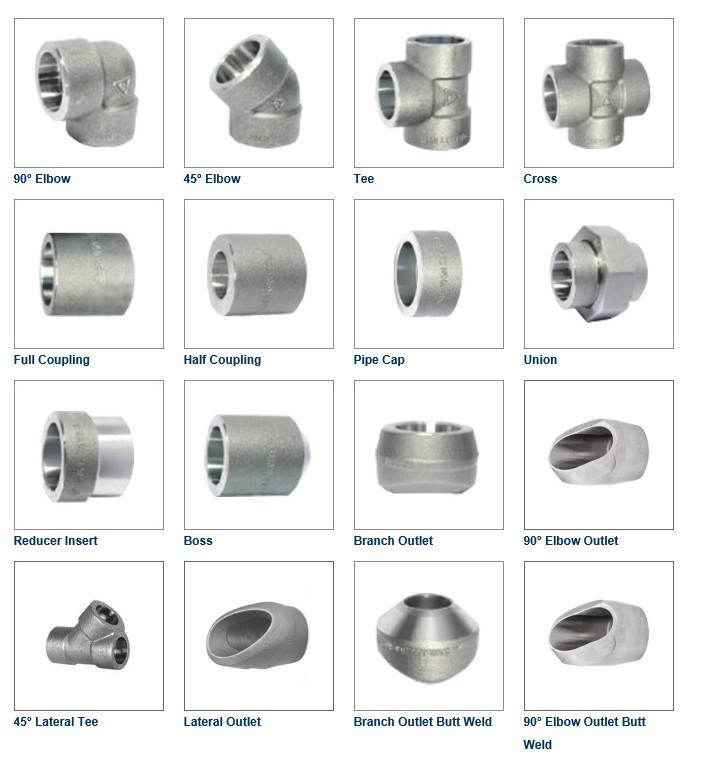
The installation differences between socket weld fittings and butt weld fittings.
If it is a socket weld fitting, you will find it very easy to install. Because it takes about 1/6 inches of clearance at the bottom of the gap to allow the socket to enter, it also allows for thermal expansion. However, this gap can lead to excessive stress problems, which will damage the corner weld of the fitting. In addition, it has been found that socket weld fitting has problems in corrosive fluid service due to gap corrosion. Moreover, due to the discontinuity inside the smooth pipe, it has been found to be easily corroded. On the other hand, butt weld fittings have been found to be the best in terms of fatigue, strength, temperature resistance and corrosion resistance.







